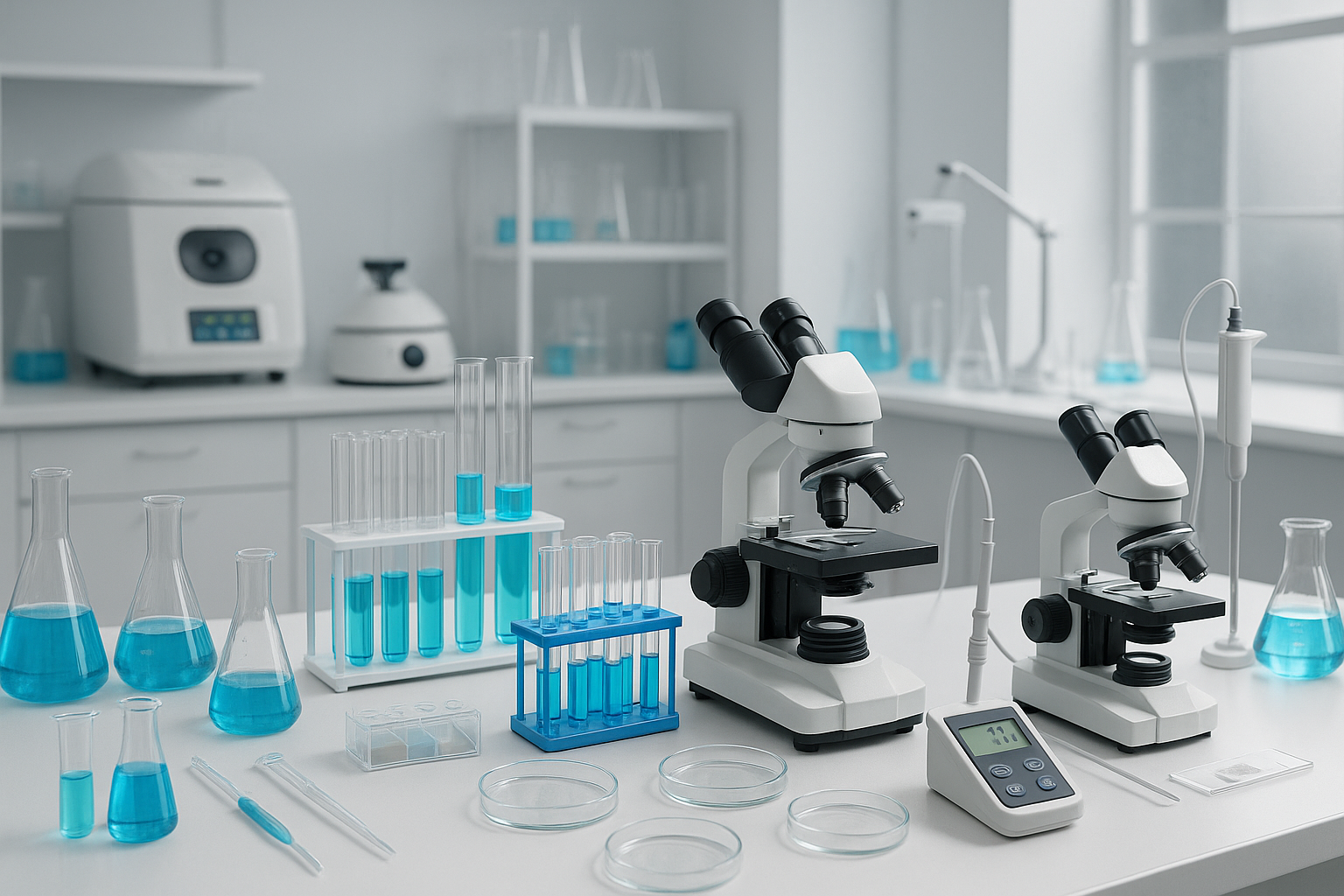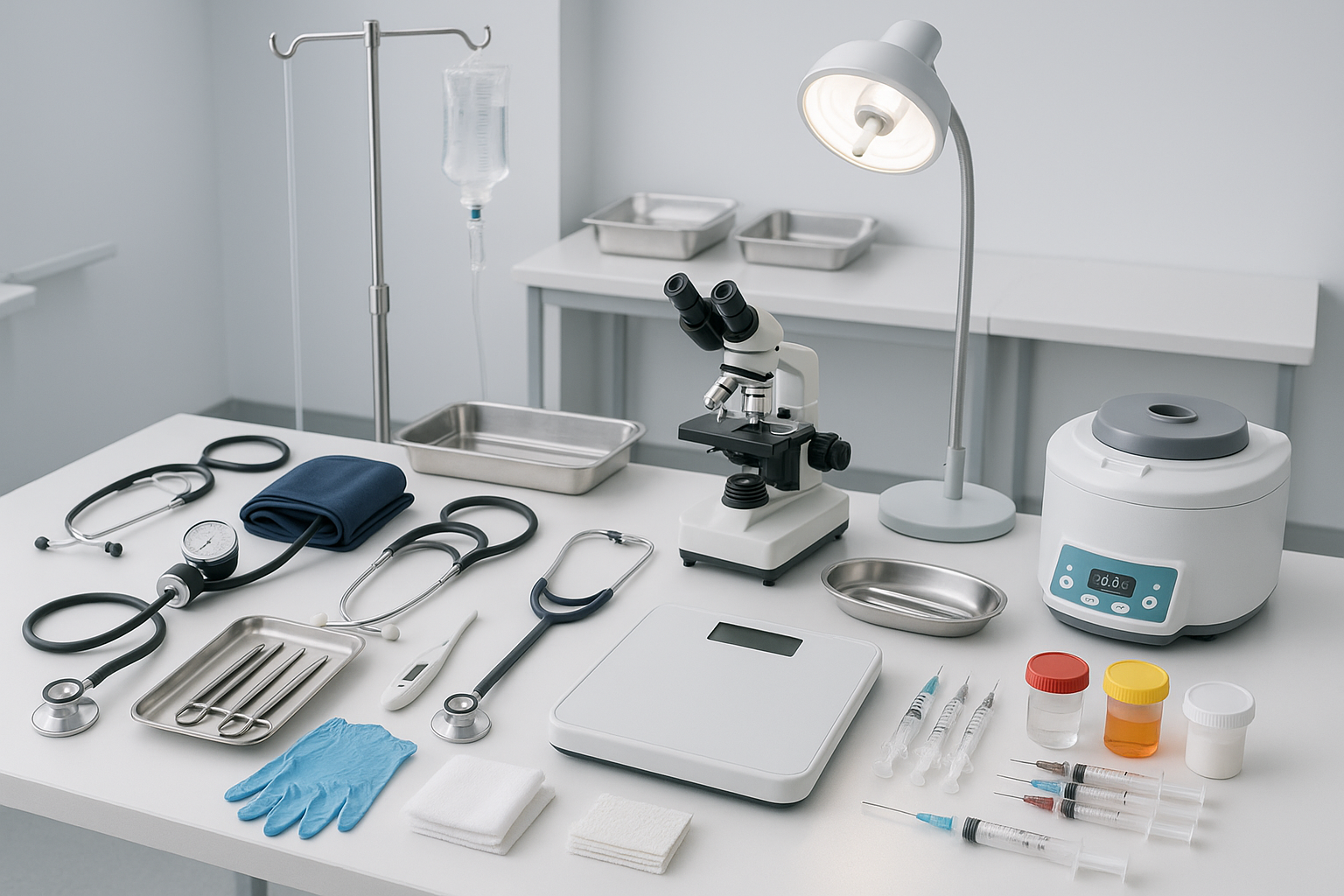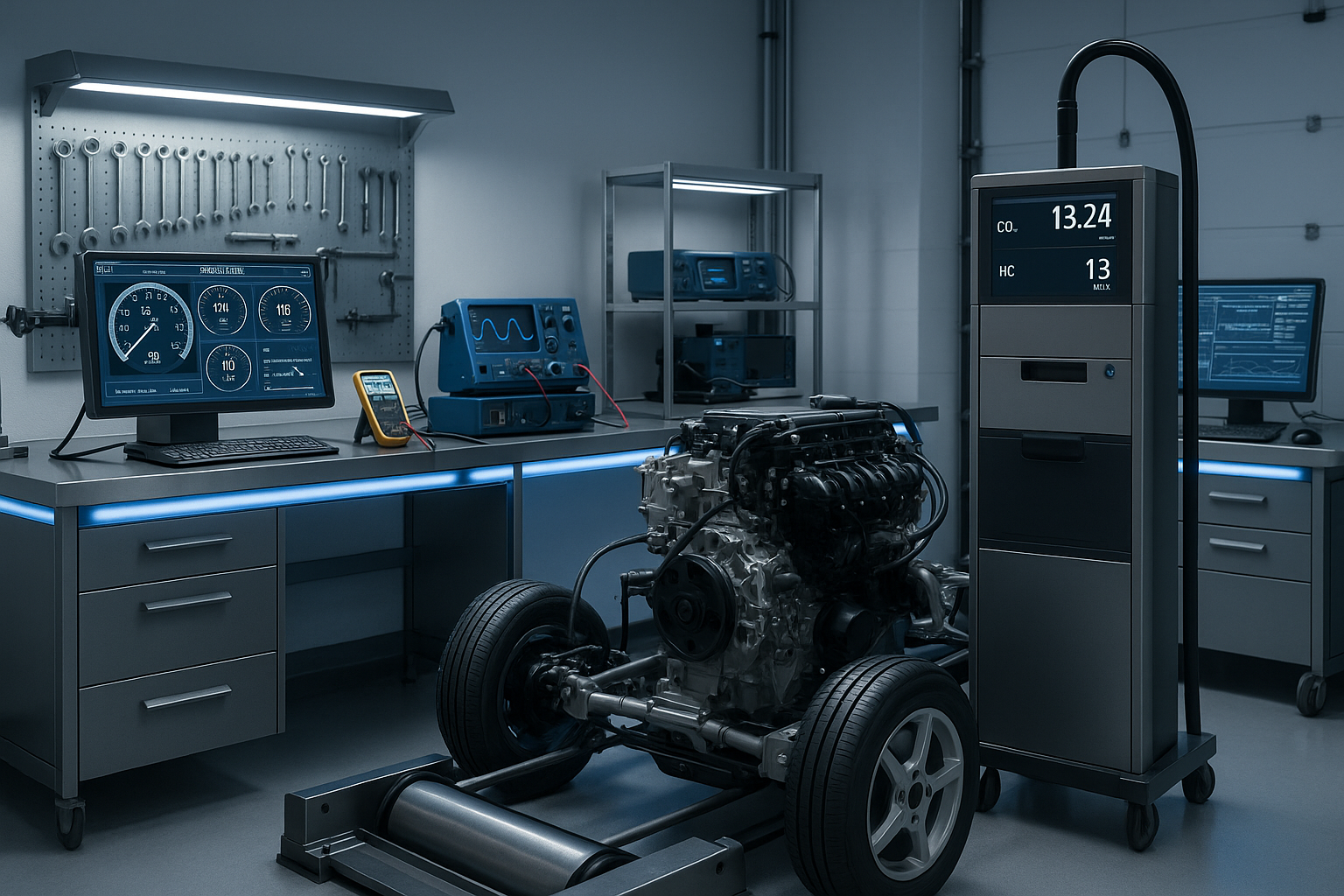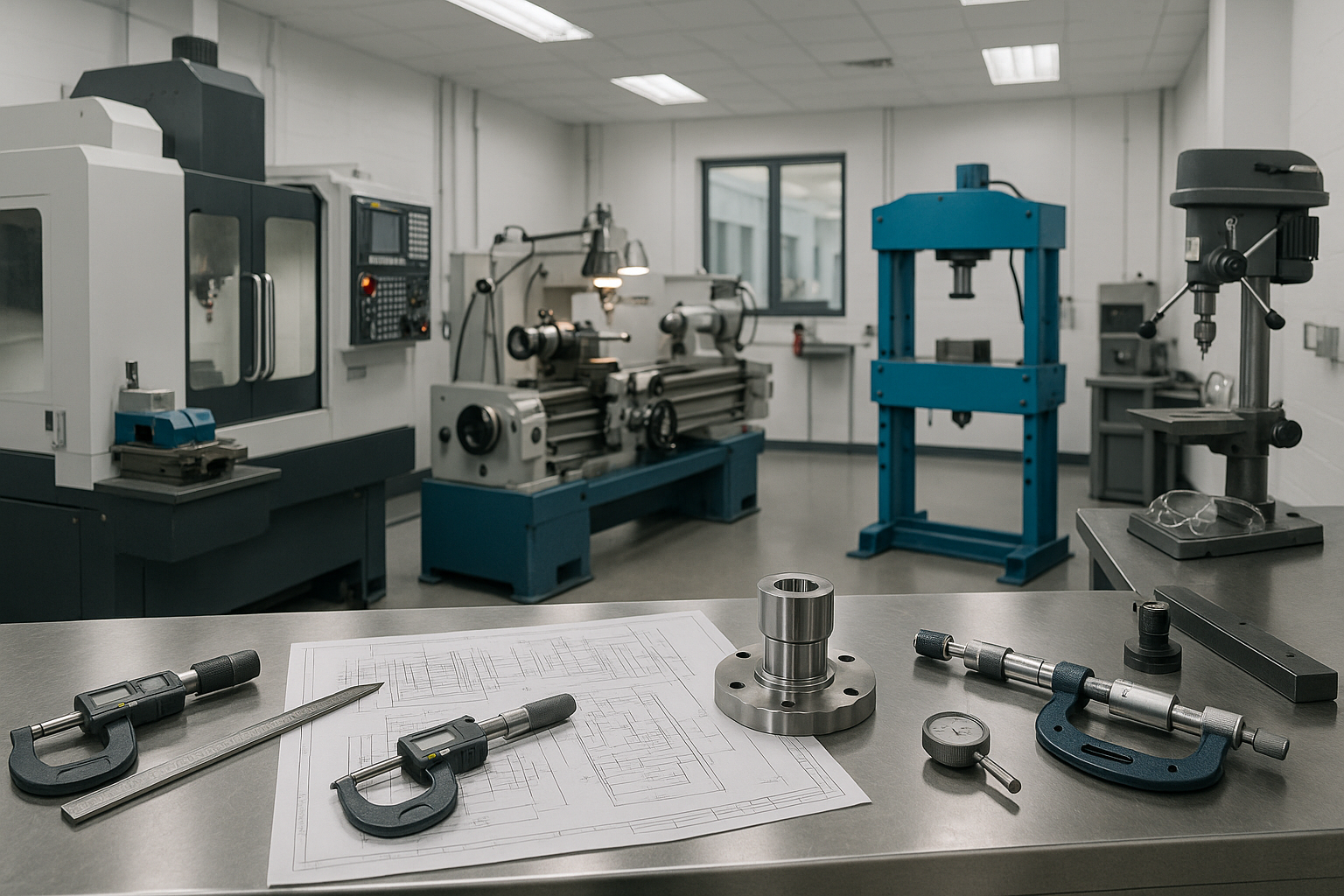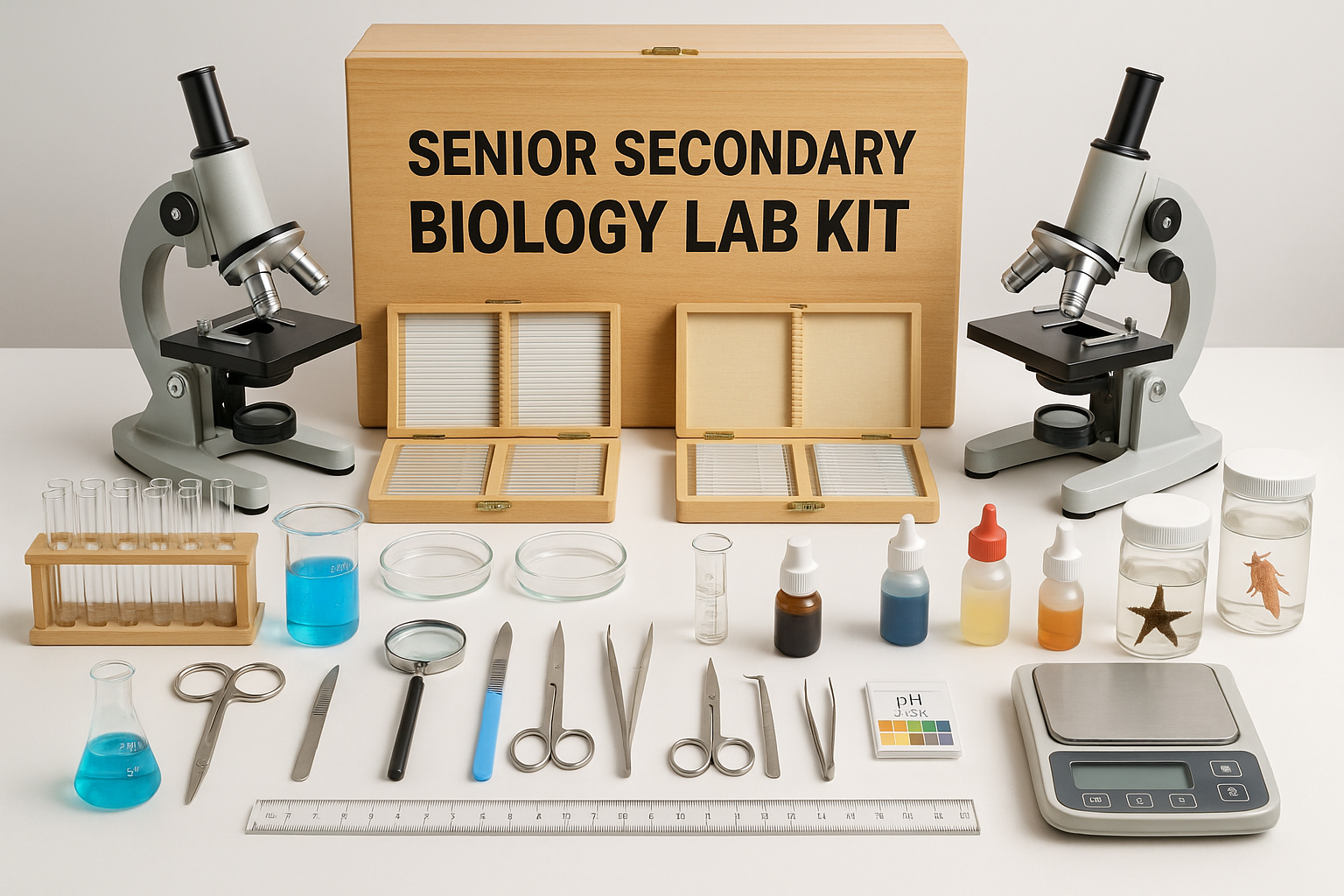Students Microscope: Unleashing Potential for Young Scientists
The Students Microscope is an indispensable tool for any budding scientist eager to explore the microscopic world. For young scientists, having access to a reliable and user-friendly microscope can transform their learning experience, igniting curiosity and fostering a passion for science. This essential guide details everything you need to know about students microscopes, from the types available to the best practices for using them effectively.
When selecting a students microscope, it’s imperative to consider several factors, including magnification power, ease of use, and durability. Students microscopes typically come in different configurations, such as monocular or binocular designs, with the former often being more appropriate for younger users due to its simplicity. Magnification ranges between 40x to 1000x allow students to observe specimens in great detail, making learning more engaging.
It’s also important to understand the various types of microscopy methods available. For instance, light microscopy allows students to see living organisms and vibrant colors, while electron microscopy offers ultra-high magnification for more advanced studies. A students microscope equipped with LED illumination will ensure clear visibility, even for the most challenging specimens.
Preparing slides is a fundamental skill for young scientists, as it introduces them to the scientific method of observation. A starter kit that includes essential slide-making materials, such as glass slides, cover slips, and tools for slicing specimens, can enhance the hands-on learning experience. Educators often recommend starting with prepared slides of common specimens like onion skin or pond water to familiarize students with observations before moving on to create their own.
Safety is crucial when using a students microscope, especially for younger users. Make sure to emphasize the importance of handling microscopes with care, as dropping one could lead to damage. Additionally, remind students to handle glass slides gently to avoid breakage and potential cuts. Depending on the age group, it can also be beneficial to provide guidance on how to safely use the microscope, such as adjusting the focus slowly and correctly, thereby preventing accidents.
Once students become comfortable with their students microscope, the next step is to encourage exploration. Assigning projects that require microscopic observations, like examining insects or plant tissues, can enhance critical thinking and encourage a hands-on approach to learning science. Allowing time for creative exploration might spark a deeper interest in biology and other sciences, leading students to ask questions and seek answers through investigation.
In conclusion, the Students Microscope is not just a scientific instrument; it’s a gateway to a thrilling world of discovery for young scientists. By understanding its importance, characteristics, and the appropriate techniques for use, children can unlock their potential and foster a lifelong love for science. As they dive into microscopic exploration, they develop skills that extend beyond the realm of biology, nurturing an inquisitive mind and a commitment to learning that can last a lifetime.


